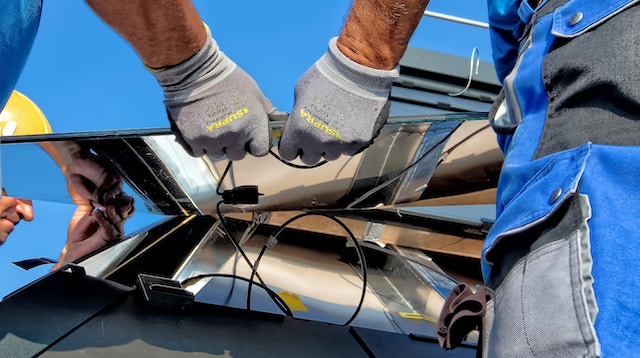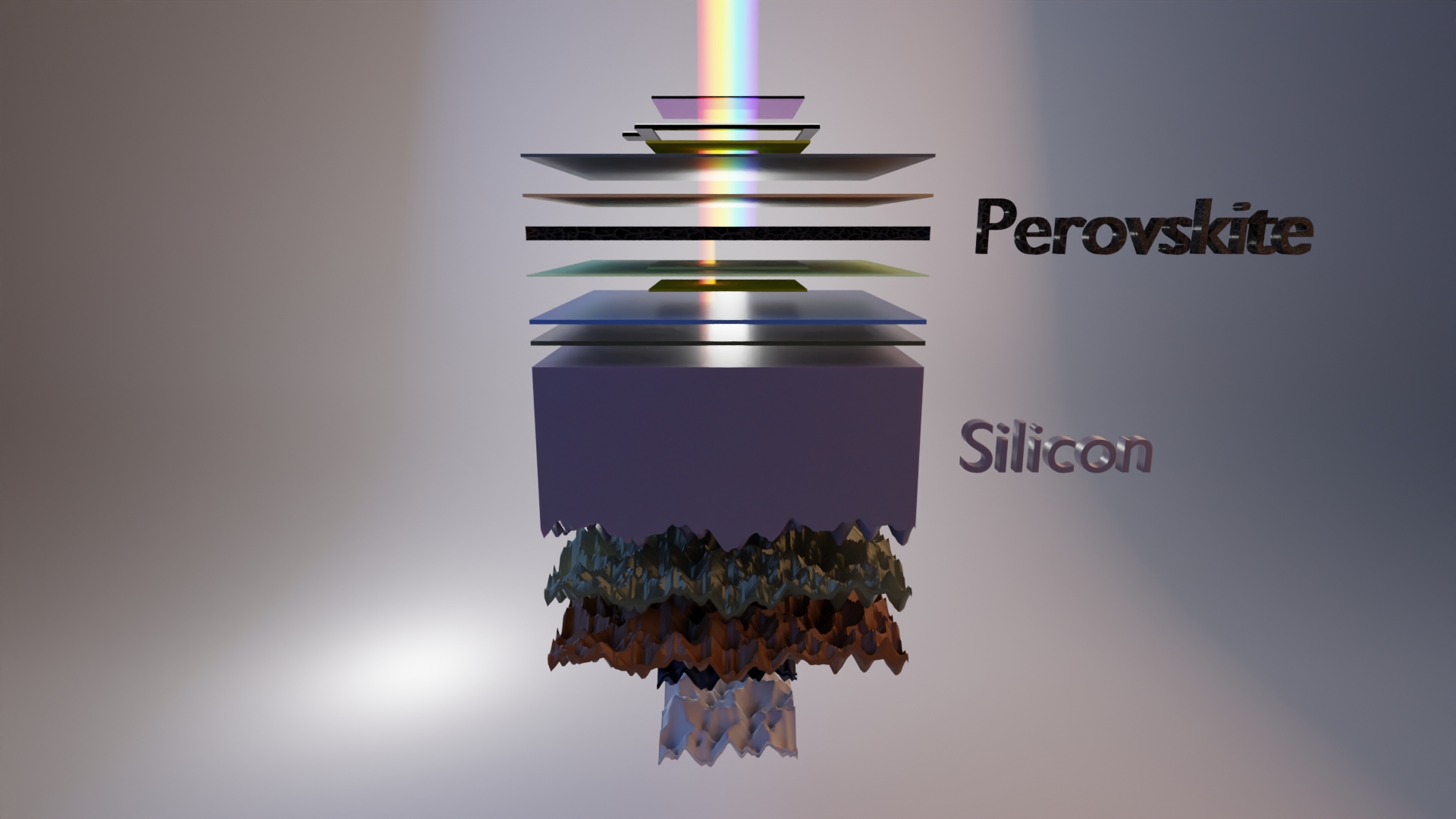Researchers at the Helmholtz Zentrum Berlin (HZB) have developed tandem solar cells with an efficiency of over 32%. In other words, the new tandem solar cell converts 32.5% of the incident solar radiation into electrical energy. As a result, more energy will be harvested from the same area deployed to generate power.
A silicon bottom cell and a perovskite top cell are proving to be a great combination
Although perovskites are very efficient, they are prone to rapid degeneration. Therefore, researchers are using Perovskite/silicon tandem solar cells which are commercially viable. The duo is more efficient than either material alone. They are able to harvest different parts of the solar spectrum.
Perovskite taps into blue light better, while silicon taps red and infrared wavelengths. Moreover, series of layers helps different colors of light to filter down to the lower levels and minimizes electrical losses.
Professor Steve Albrecht, group leader at HZB, said, “We are very excited about the new value because it shows that perovskite/silicon tandem technology is highly promising for contributing to a sustainable energy supply,”
“At 32.5%, the solar cell efficiency of the HZB tandems is now in ranges previously only achieved by expensive III/V semiconductors,” said Professor Bernd Rech, scientific director of HZB. “The NREL graph clearly shows how spectacular the last two increases from EPFL and HZB really are.”








